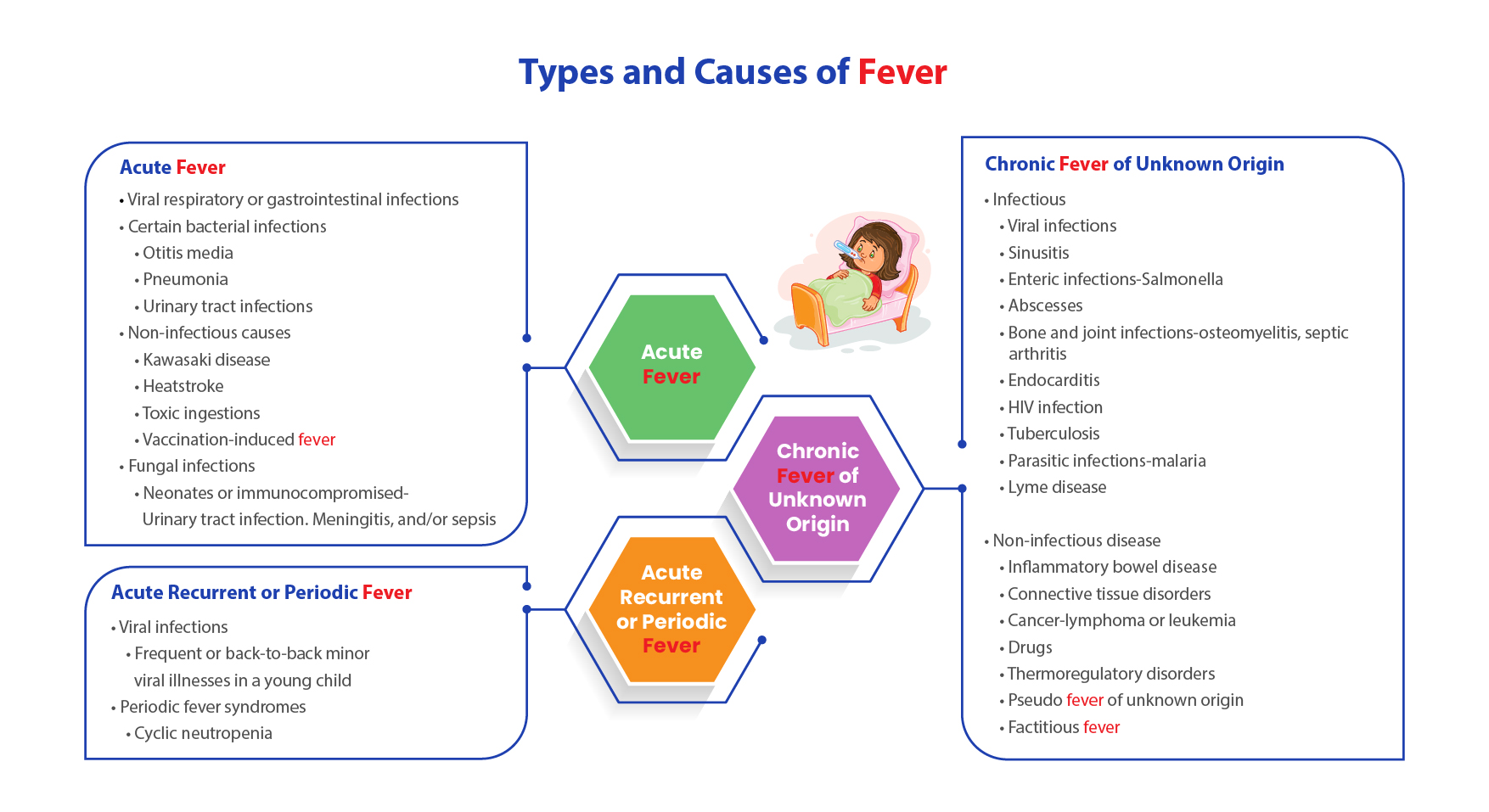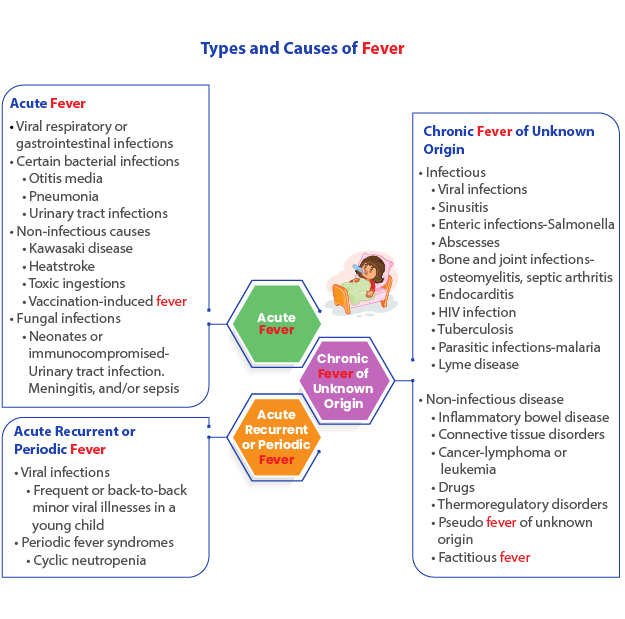HCP'S CORNER
Pediatric Fever
Fever is defined as an oral temperature
>100.0°F or a rectal temperature >100.8°F or
a temperature higher than an individual’s known normal daily value.



Why is it important to treat fever in children?

Other Sections to view